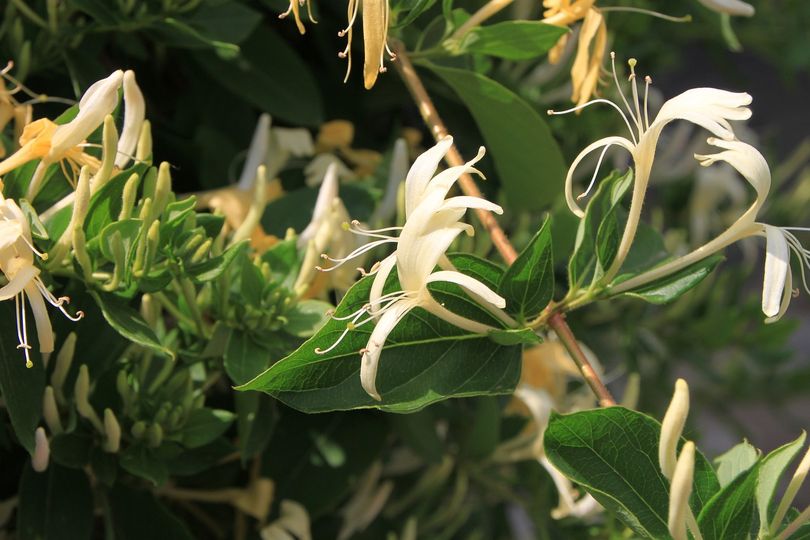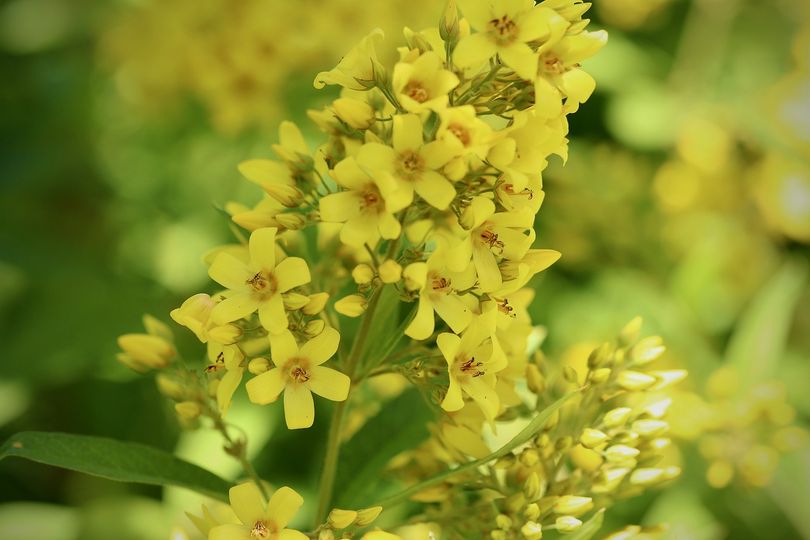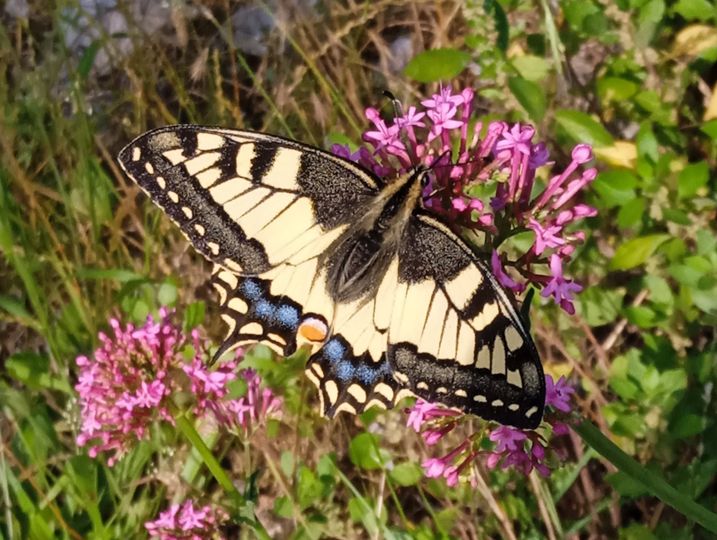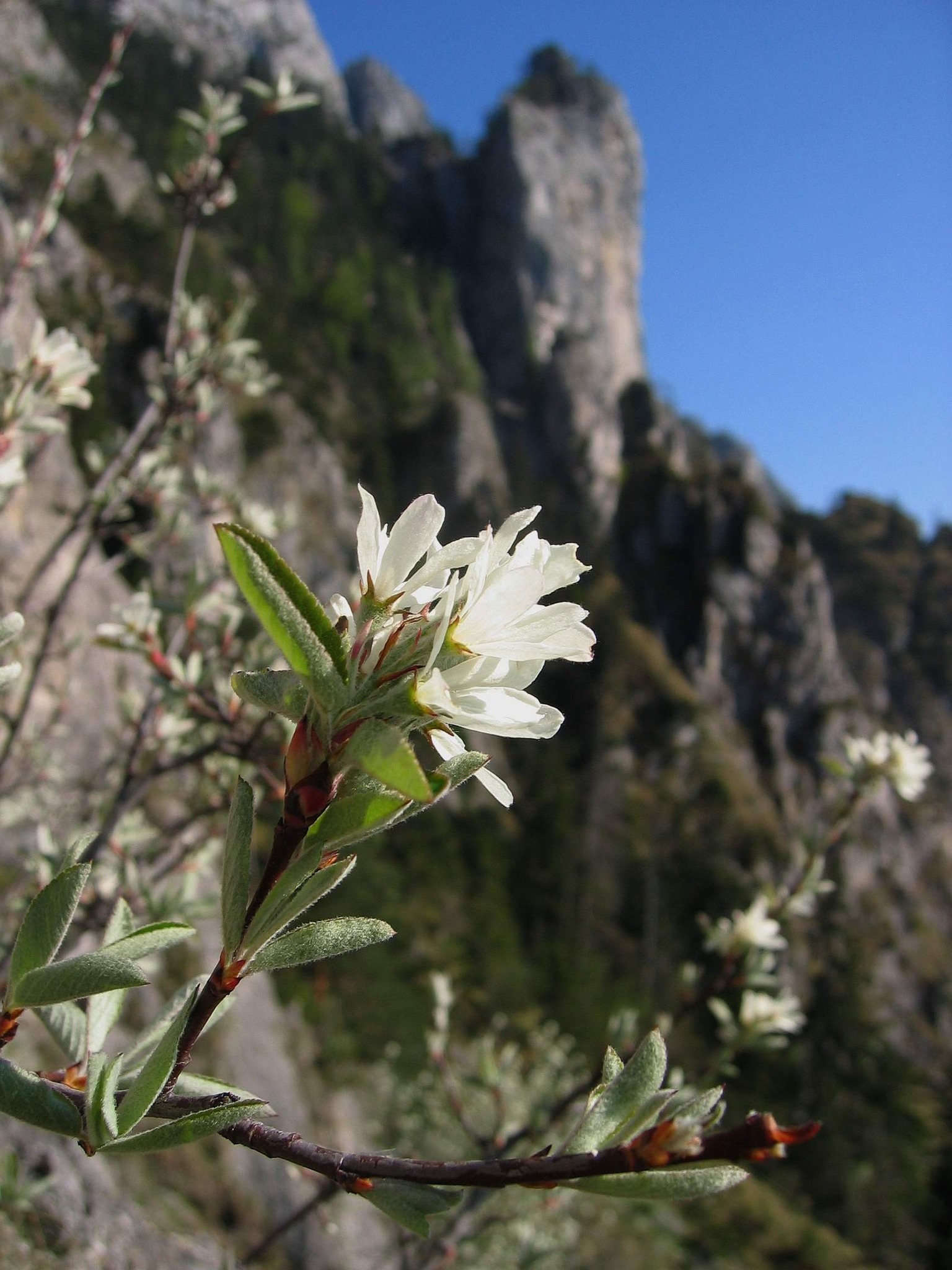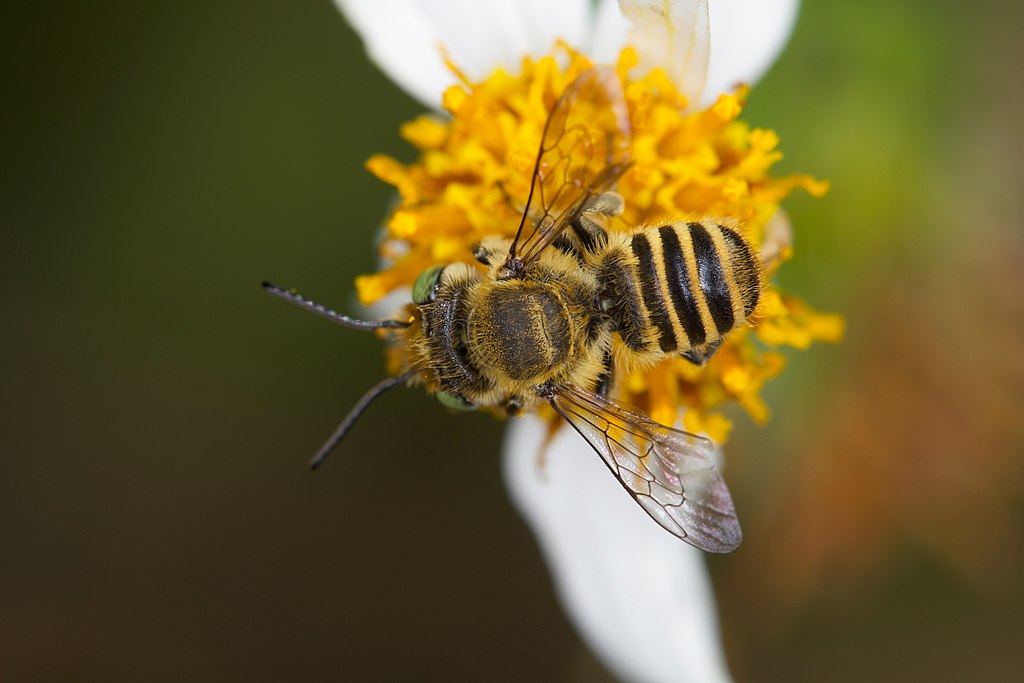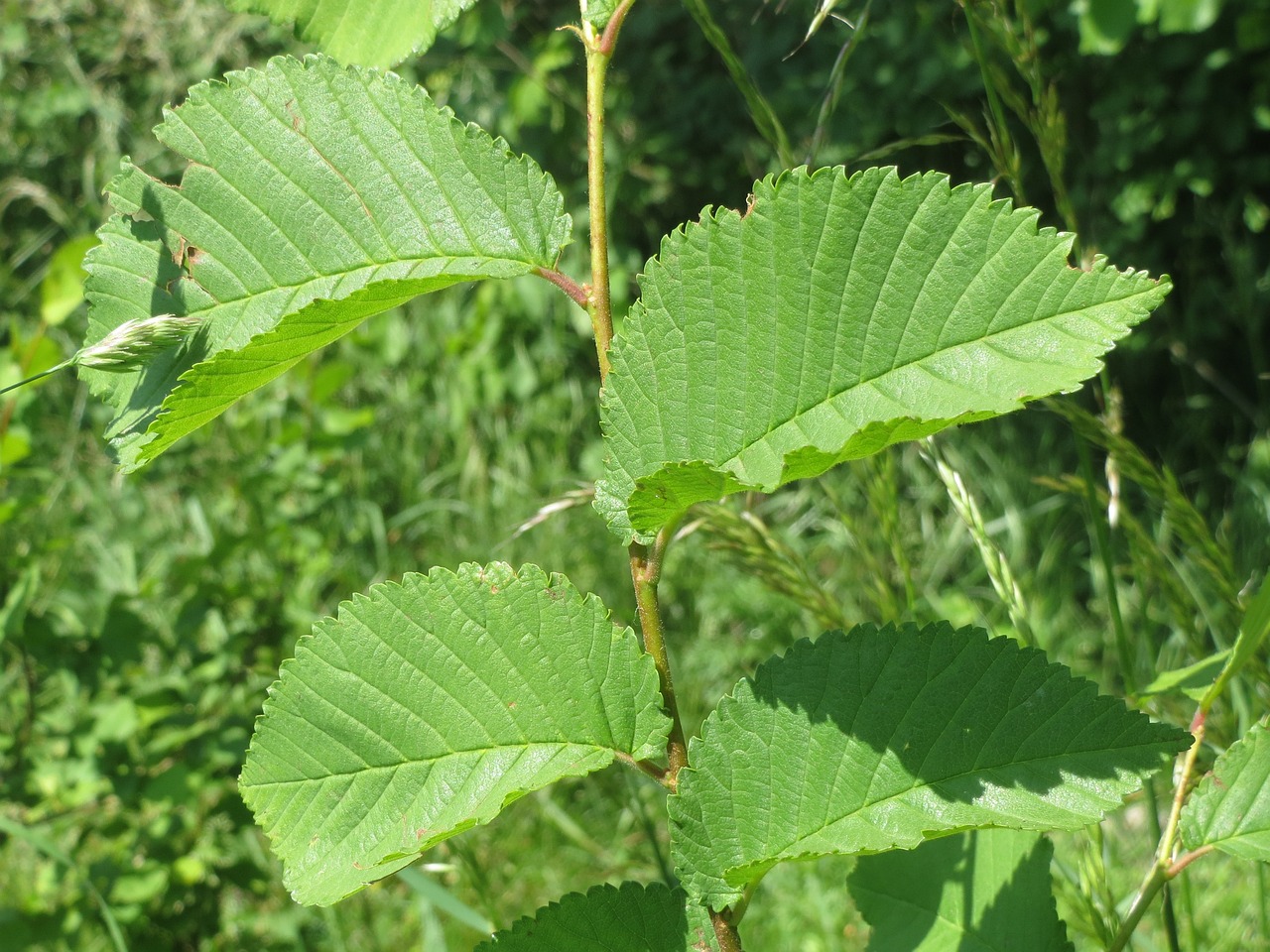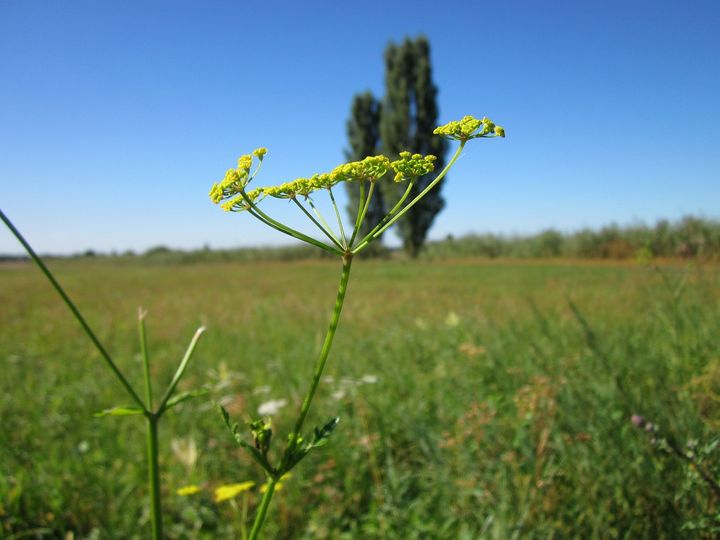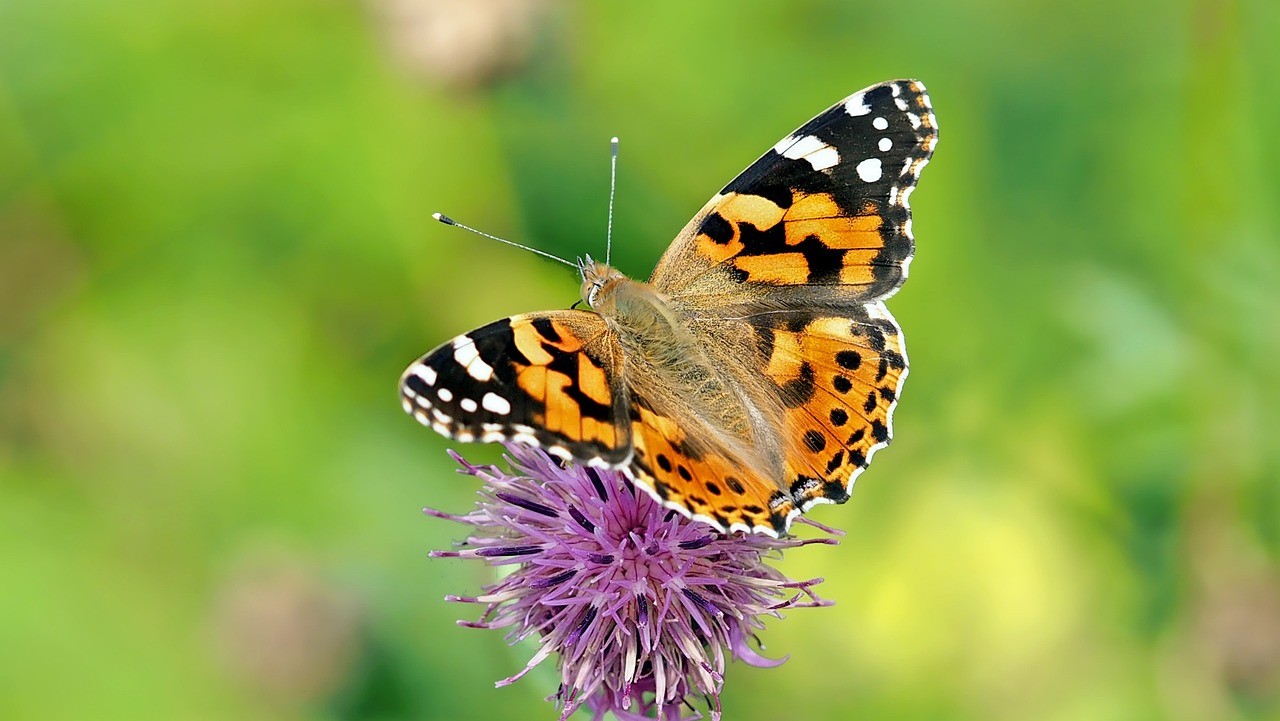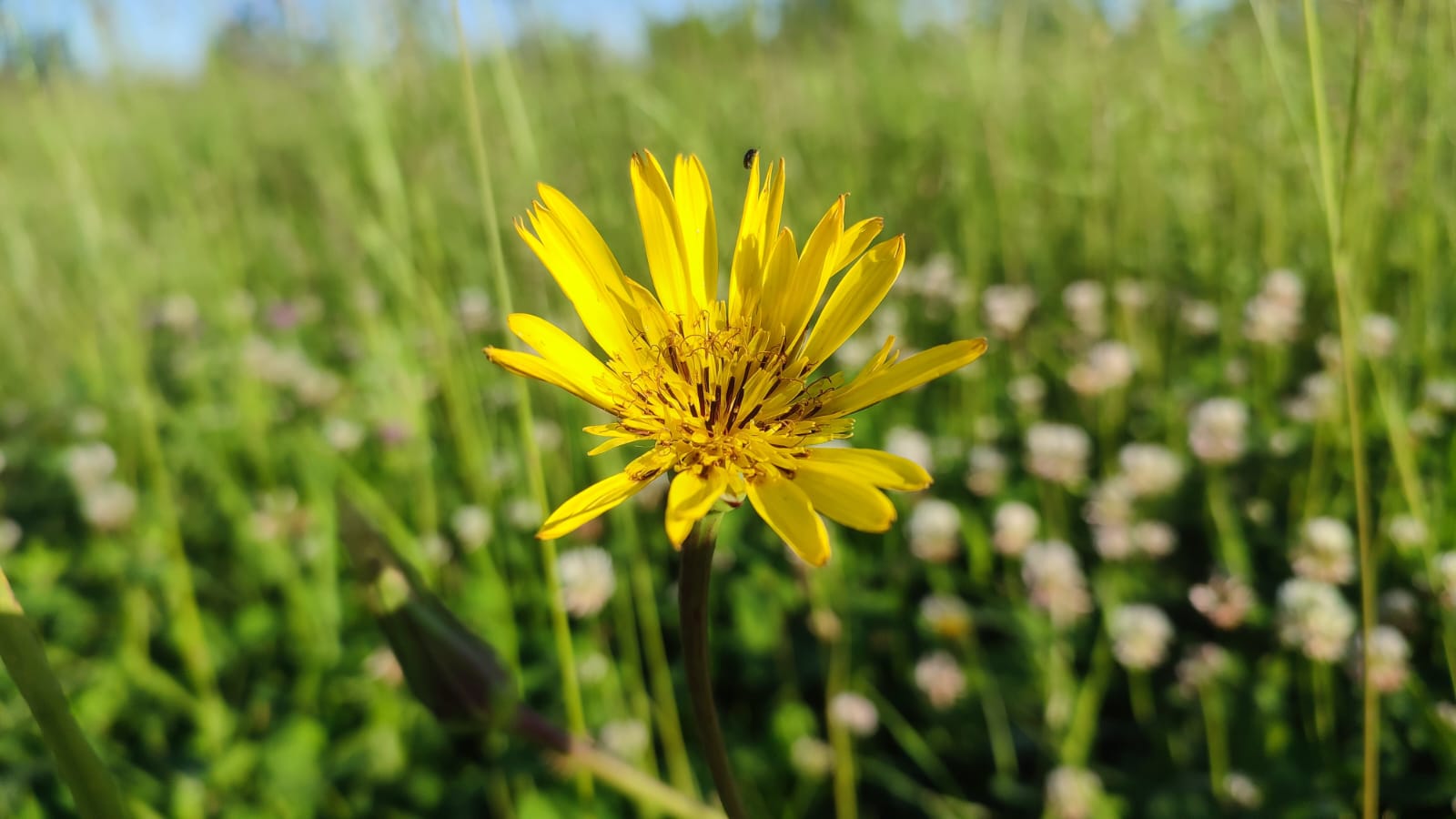Italian woodbine
lifepollinaction2023-07-03T09:06:55+02:00Italian woodbine Symbol of love bonds With its long flexible stems, the perfoliate honeysuckle (Lonicera caprifolium) wraps itself around the supports and tall trees like a liana. Its climbing stems can reach up to 6 meters. It blooms in spring, and its fragrance fills the surrounding air, especially at sunset, attracting pollinating insects . The flowers are white or yellowish with reddish hues. The fruit is a bright red berry, poisonous due to the presence of alkaloids. Honeysuckle prefers woodland edges and hedges in full sun. Did you know? Since ancient times, honeysuckle has been a symbol of love bonds [...]


